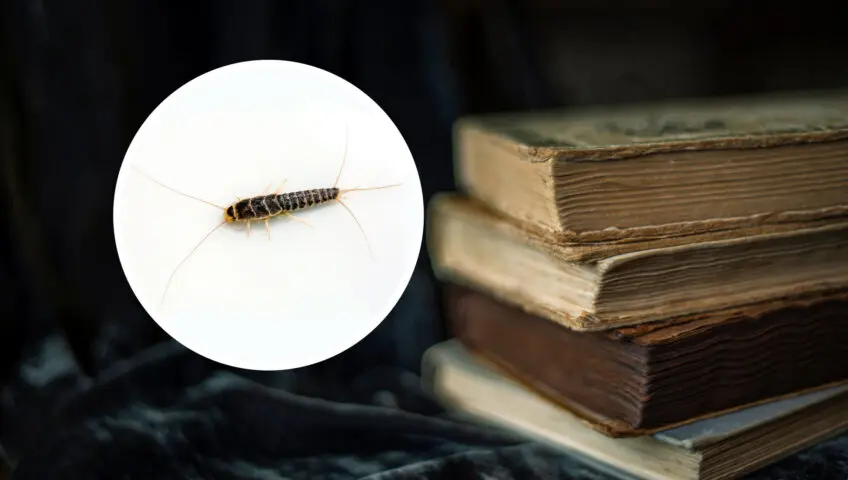Silverfish, those seemingly harmless insects that skitter across bathroom floors and into dark corners, have long been a mysterious presence in many households. Despite their unassuming appearance, these tiny creatures are as fascinating as they are unwelcome.
Understanding silverfish
Silverfish are of the species Lepisma saccharina, characterized by their flattened bodies, long antennae and three tail-like appendages at the rear. Their name comes from the silvery scales that cover their bodies, giving them a shimmering appearance. Typically measuring between 0.5 to 1 inch in length, these nocturnal insects are primarily scavengers, feeding on a variety of organic materials.
Habitat and behavior
Silverfish prefer dark, damp environments and are commonly found in areas with high humidity levels. Bathrooms, kitchens, basements and attics are some of their favorite hiding spots. These adaptable insects can survive in a wide range of temperatures but thrive in conditions between 70-80°F.
One of the most interesting aspects of silverfish behavior is their unique movement pattern, often described as fish-like or undulating. This distinctive way of moving is achieved by the coordinated contractions of their abdominal muscles, allowing them to move quickly and efficiently.
Lifecycle
Silverfish undergo a gradual metamorphosis, meaning they go through three stages: egg, nymph, and adult. Females lay small groups of eggs in secluded areas. Once hatched, the nymphs resemble miniature versions of the adults. As they molt and grow, silverfish can live up to several years, with some species even reaching lifespans of six to eight years.
Feeding habits
These tiny creatures are not picky eaters. Silverfish consume a variety of items, including starches, sugars and proteins. Common food sources include book bindings, paper, glue, clothing and even crumbs in the kitchen. While they are not harmful to humans directly, silverfish can damage books, papers and clothing, making themselves unwelcome guests in many households.
Prevention and control
Preventing a silverfish infestation involves minimizing their preferred conditions. Here are some tips to keep these pests out of your home:
- Reduce humidity levels: Use dehumidifiers and proper ventilation to decrease moisture in your home.
- Seal entry points: Close gaps and cracks in walls, windows and doors to prevent silverfish from entering.
- Remove food sources: Store food items in airtight containers, and clean up crumbs and spills.
- Declutter: Silverfish thrive in cluttered environments, so keep your living spaces tidy.
If you find yourself dealing with a silverfish infestation, be sure to consult with a pest control company like Slug-A-Bug for the most effective and safe solutions tailored to your situation. Call us at (321) 259-7844 for a free, no obligation consultation.
